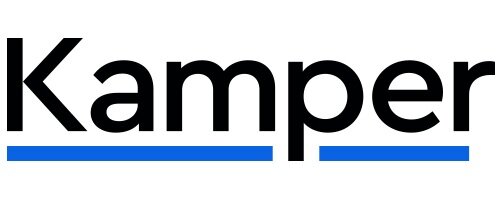Federal Budget 2022/2023
It has been a tough year for Australians, suffering from the effects of a pandemic and natural disasters. Despite this, economic growth is forecast to hit 3.5% in 2022-23.
The Australian unemployment rate has fallen to 4%, the lowest in 48 years. The budget will focus on reducing the unemployment rate further, delivering more jobs and higher wages.
BUSINESSES
APPRENTICESHIP & SKILLS TRAINING
There are currently 220,000 Australians undertaking a trade apprenticeship. The government is now providing further incentives to get more people into trades.
There will be $5,000 payments over 2 years (six-monthly instalments) to new apprentices as they complete their training in key industries.
Employers who take on new trainees could be eligible for up to $15,000 in wage subsidies.
SMALL BUSINESS TRAINING INCENTIVES
Small businesses (with an aggregated turnover of less than $50 million) will be able to deduct an additional 20% of expenditure incurred on external training courses provided to their employees.
This can be claimed in your income tax return.
SMALL BUSINESS TECHNOLOGY INVESTMENT INCENTIVE
For every $100 small businesses spend on digital economy technologies (e.g. cloud computing, e-invoicing, cyber security and web design), they will receive a $120 tax deduction. Investments of up to $100,000 per year will be supported by this measure.
This can be claimed in your income tax return.
MAKING COVID-19 BUSINESS GRANTS NON-ASSSESSABLE NON-EXEMPT INCOME
The Government has made the following grant programs eligible for NANE treatment:
Accommodation Support Grant
Commercial Landlord Hardship Grant
2022 Small Business Support Program
EMPLOYEE SHARE SCHEME EXPANSION
The Government has announced that it will expand access to employee share schemes (ESS) so that employees of all levels can participate.
Participants of ESS in unlisted companies will be allowed to invest up to:
$30,000 per participant per year, accruable for unexercised options for up to five years, plus 70% of dividends and cash bonuses; or
any amount, if it would allow them to immediately take advantage of a planned sale or listing of the company to sell their purchased interests at a profit.
The effect of the change is that employers will be able to more readily provide ESS without additional costs of compliance. This will allow employees of all levels the opportunity to share in the business growth. Businesses will be able to offer employees an unlimited value of shares, provided the employee is not charged more than $30,000 a year for them.
INDIVIDUALS
ONE-OFF TAX OFFSETS
Low-and-middle-income earners will receive a one-off $420 cost of living tax offset.
Individuals already receiving the low and middle income tax offset will receive up to $1,500 (up from $1,080) and couples will receive up to $3,000 from 1 July 2022.
A one-off $250 payment will also be provided to eligible pensioners, carers, veterans, job seekers, eligible self-funded retirees and concession cardholders.
The payment is aimed to help ease the cost of living.
EXPANSION OF PAID PARENTAL LEAVE
Currently, the government’s paid leave scheme for new working parents gives an eligible carer 18 weeks of minimum wage. Dad and Partner Pay also provides the partner of the main carer up to two weeks of paid leave at the minimum wage.
The Paid Parental Leave and Dad and Partner Pay schemes will be combined, providing parents with a total of 20 weeks to use how they prefer. Single parents will also get the same amount of time.
The income test will include a combined household income threshold of $350,000 per year. Currently, the income threshold of $151,350 applies to the mother only.
HOME OWNERSHIP SCHEME
The government is doubling the Home Guarantee Scheme to 50,000 places per year.
Eligible single parents will be able to buy a home with a 2% deposit and eligible first home buyers will be able to buy a home with a 5% deposit.
TEMPORARY REDUCTION IN THE FUEL EXCISE
There will be a temporary reduction in the fuel excise for the next 6 months reducing the rate by 50% from 44c to 22c. This will provide motorists a saving of roughly $11 on a 50 litre tank of petrol.
INCREASE TO THE MEDICARE LEVY FOR LOW-INCOME THRESHOLDS
The Medicare levy low-income thresholds will be increased for singles, families, seniors and pensioners from 1 July 2021. Individuals and families will not have to pay the Medicare levy if their individual or family taxable income is below the low-income threshold.
Changes to the Medicare levy low-income thresholds.
SUPERANNUATION
REDUCTION OF MINIMUM DRAWDOWN REQUIREMENTS
The temporary reduction of the superannuation minimum drawdown requirements for account-based pensioners and similar products will be extended for a further year to 30 June 2023. The effect of this change is that default drawdown rates will be reduced by 50% for another year if legislated.

